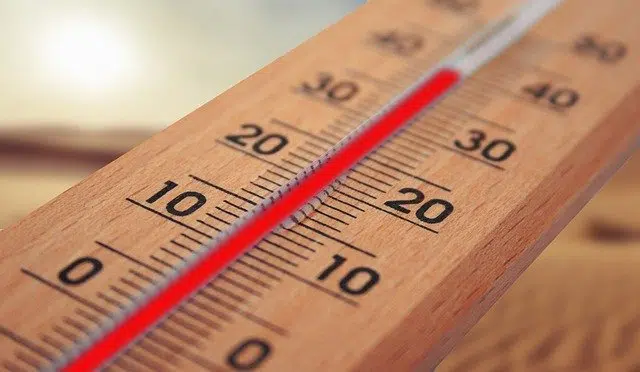
The instrument used to measure temperature is called a thermometer.
First of all, we are going to proceed to determine the etymological origin of the term thermometer that concerns us now. In this sense we can establish that it is composed of two clearly delimited words: the Greek word thermos , which can be translated as "hot", and the Greek term metron , which is synonymous with "measure".
A thermometer is an instrument that allows measuring temperature . The most popular consist of a glass bulb that includes a small capillary tube; This contains mercury (or another material with a high coefficient of expansion), which expands according to the temperature and allows it to be measured on a graduated scale.
From thermoscope to thermometer
The thermoscope that Galileo Galilei invented in 1592 is considered the predecessor of the thermometer. This device had a hollow glass ball and a tube welded to it and allowed temperature changes to be measured from the contraction or expansion of an air mass.
By incorporating numerical graduation into the thermoscope, the thermometer emerged. In 1714 , Gabriel Fahrenheit created the aforementioned mercury thermometer. This scientist is also the creator of the Fahrenheit thermometric scale , which became the unit of temperature in the Anglo-Saxon system of units. The most common scale, however, is Celsius , named after Anders Celsius .
The pyrometer , on the other hand, is a thermometer that allows measuring the temperature of a substance without being in contact with it. It is based on the distribution of thermal radiation.

A thermometer can determine if a person has a fever.
Classification according to type
However, there are many other types of thermometers. Thus, for example, we find digital ones that have become the most used in homes since they are simple, fast and do not pollute. This last reason is explained by the fact that they do not contain mercury inside.
In the same way, we cannot ignore the existence of clinical thermometers. These can be of two types, digital or mercury, and are the ones used in different health centers to measure the body temperature of patients.
To all of these we could add maximum thermometers, which are responsible for recording maximum temperatures; the minimum ones, which do the same with the lowest temperature; and the differentials. The latter are used to measure small temperature differences.
The thermometer in the kitchen
There are also kitchen thermometers that are very useful as they are used to determine the temperature at which certain foods are. This will help us, in many cases, to know if a dish we have made needs to spend more time in the oven or is already at the right point.
There are other types of thermometers that work based on electrical resistance, electromotive force or changes experienced by a gas, for example.
Thermometers have multiple uses. The wide variety of instruments has its logic according to the different uses of the device. There are thermometers that are used in industrial production and that must withstand very high temperatures. Classic mercury thermometers, on the other hand, are used to measure fever .
